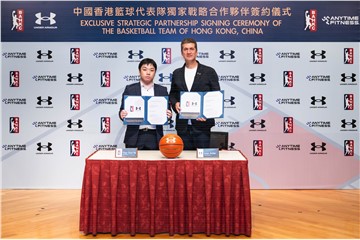The Dow Jones Industrial Average rose 56.76 points, or 0.15 percent, to 38,834.86. The S&P 500 added 13.80 points, or 0.25 percent, to a record high of 5,487.03. The Nasdaq Composite Index increased by 5.21 points, or 0.03 percent, to 17,862.23, notching its 7th straight record close.
Eight of the 11 primary S&P 500 sectors ended in green, with financials and technology leading the gainers by going up 0.64 percent and 0.61 percent, respectively. Meanwhile, communication services and consumer discretionary led the laggards by dropping 0.77 percent and 0.42 percent, respectively.
U.S. retail sales experienced a slight uptick in May, with the value of retail purchases, unadjusted for inflation, rising by 0.1 percent, according to the U.S. Commerce Department. This followed a downwardly revised 0.2 percent decrease in April. Excluding gasoline, sales climbed 0.3 percent.
Out of the 13 categories tracked, five reported declines. Lower gasoline prices and Memorial Day discounts at furniture stores were notable factors influencing these results.
"With services consumption growth slowing in recent months and consumer confidence plummeting again, maybe households aren't quite as impervious to higher interest rates as we were beginning to believe," said Paul Ashworth, chief North America economist at Capital Economics.
Tuesday saw a flurry of commentary from Federal Reserve officials, with six regional Fed presidents and governors speaking publicly. Federal Reserve Governor Adriana Kugler expressed optimism about slowing price growth but noted that one good month of inflation data might not suffice to justify cutting interest rates.
Boston Fed President Susan Collins emphasized a patient approach to monetary policy due to a resilient economy and persistent inflation. "I see recent information as encouraging after the string of higher-than-expected inflation readings during the first quarter of 2024," Collins said on Tuesday.
Richmond Fed President Thomas Barkin echoed this sentiment, stating he needs more evidence of sustained progress toward the Fed's 2 percent inflation target before considering any rate changes.
On the corporate front, Nvidia surpassed Microsoft in market capitalization for the first time, positioning the chipmaker to close as the most valuable publicly listed company in the United States.




















Latest comments